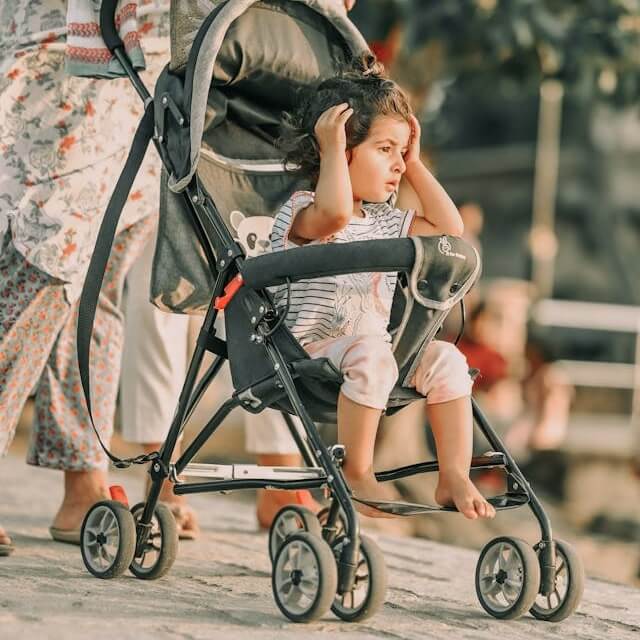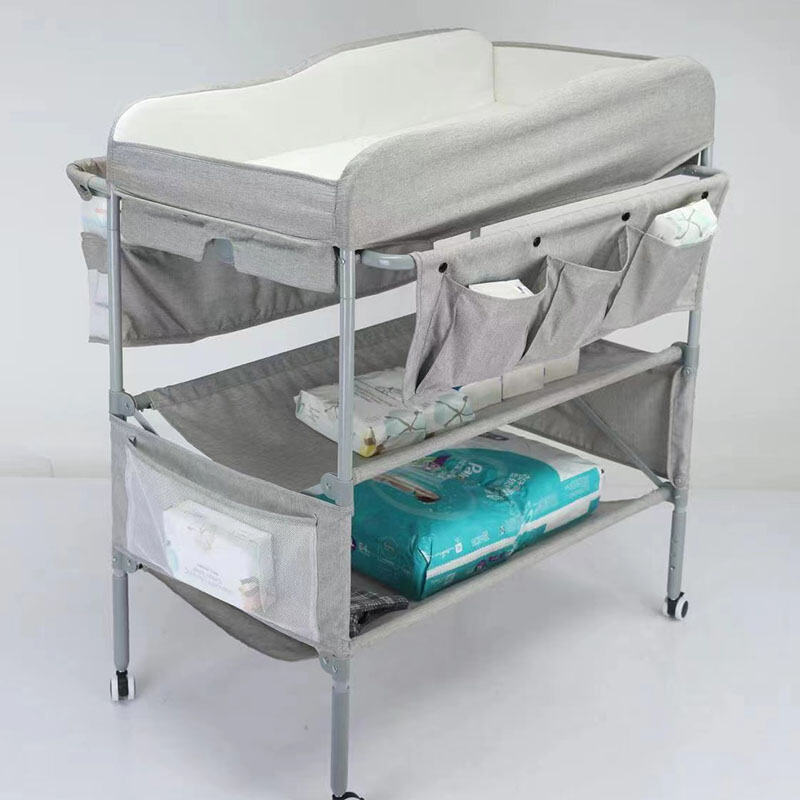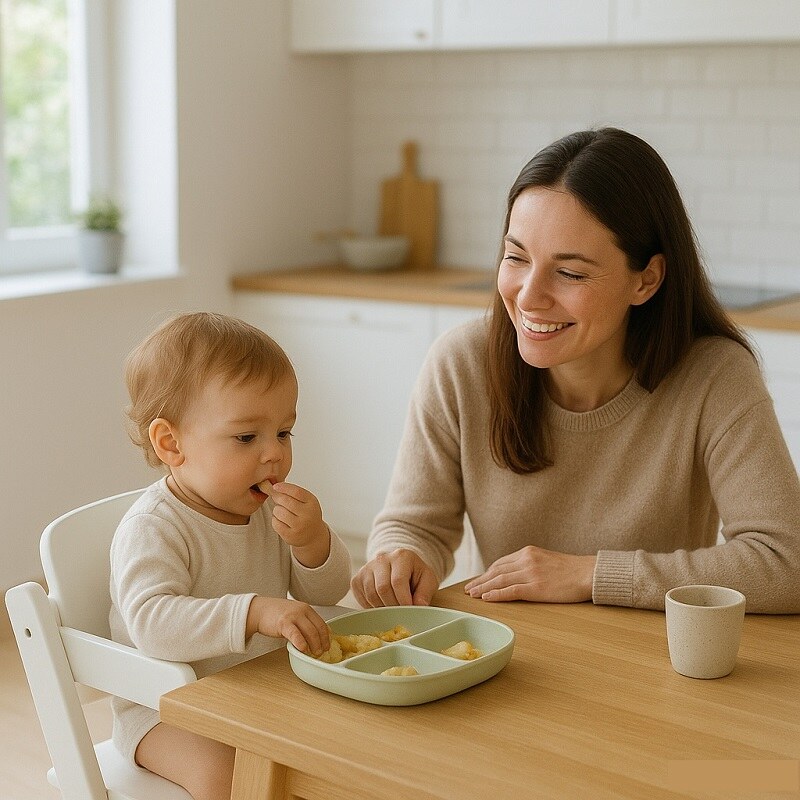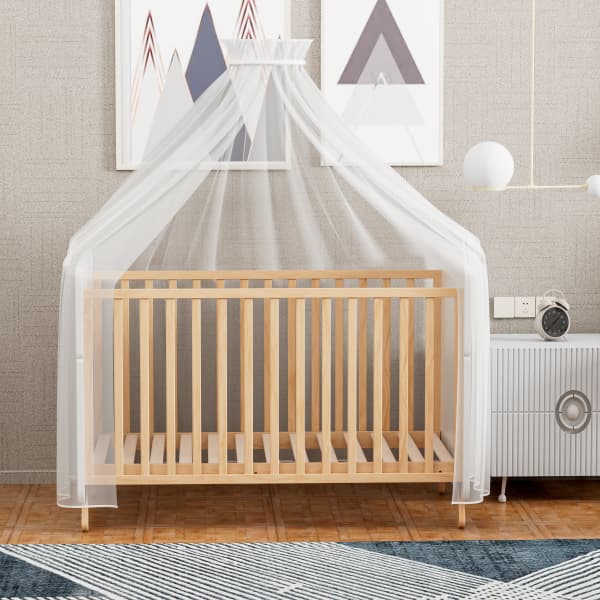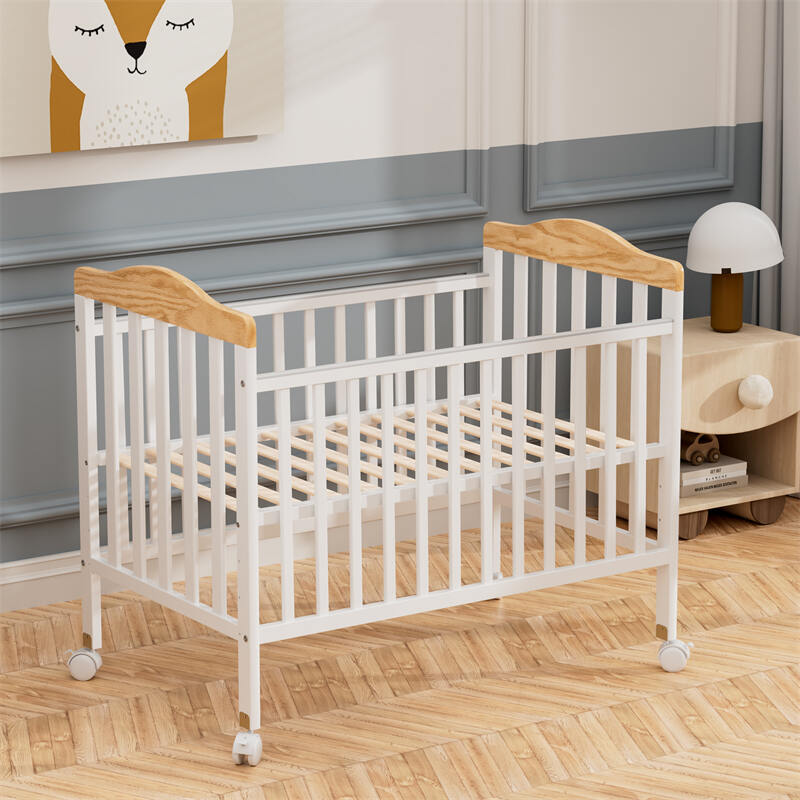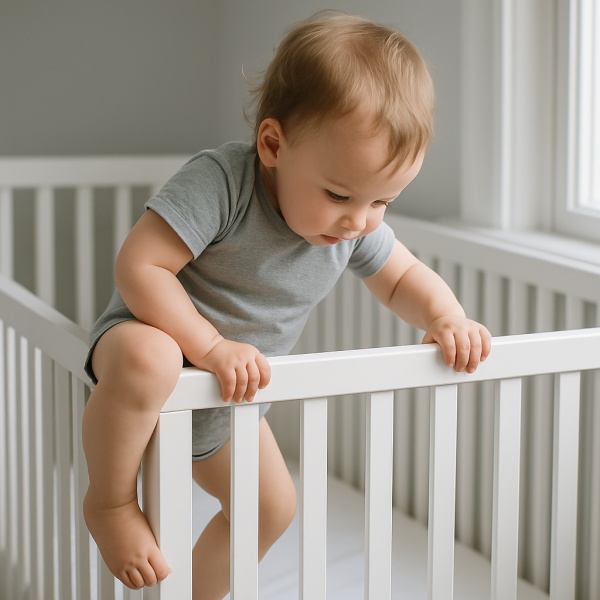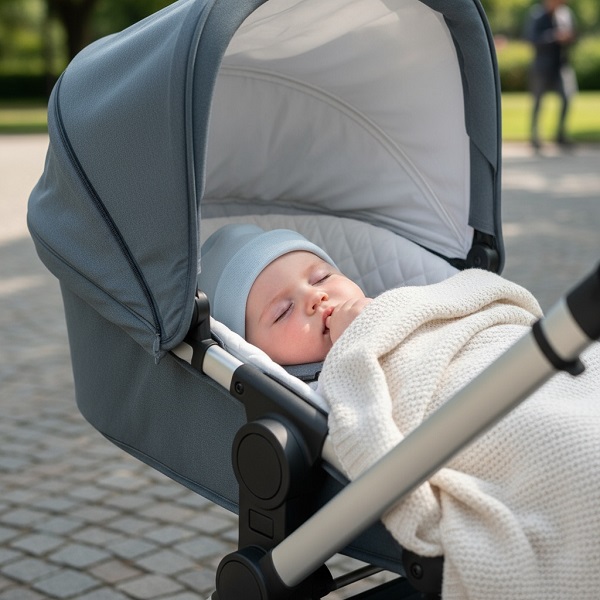There comes a point in every parent’s journey when a familiar sight becomes a daily puzzle: your growing child, looking a little like a bear in a small cave, nestled into a stroller they’re rapidly outgrowing. Their knees might be tucked up high, or their feet suddenly seem to be skimming the pavement as you push. You find yourself wondering, “Is this still comfortable? Is it even safe?”
Many families find themselves in this exact situation, caught between their child’s growing independence and the very real need for the convenience and safety a stroller provides on long walks, busy shopping trips, or adventurous family vacations.
This guide is here to navigate that evolution with you. We will explore what to look for in a stroller designed for bigger kids, address the common question of whether you even need one, and discuss how to choose a model that offers comfort for your child and practicality for your family.
What Does “Big Kid” Mean When Choosing a Stroller?
When we talk about a “big kid” in the context of strollers, we’re moving beyond a simple age milestone. Every child grows at their own unique pace, so this term is less about a specific birthday and more about a set of very practical physical realities you’ve likely already started to notice.
Primarily, a “big kid” is one who has surpassed the standard size and weight specifications of a typical infant or toddler stroller. You might see this firsthand when your child’s shoulders are nearing the top of the seatback or when they instinctively curl their legs to keep their shoes from scraping the ground.
The most common indicator is weight. Many popular stroller models are designed with a weight limit of around 35 to 50 pounds. A child who is approaching or has exceeded this limit is venturing into “big kid” territory, where the stroller’s safety and performance can be compromised.
However, it’s not just about pounds on a scale. Height is an equally important, though sometimes overlooked, factor. A child with a tall, lean build may outgrow the seat’s dimensions—losing adequate legroom and torso support—well before reaching the posted maximum weight. Comfort becomes a significant issue; a cramped seating position can make a stroller ride miserable on what should be a fun outing.
Ultimately, defining a “big kid” is about recognizing the mismatch between your child’s size and their current stroller’s design. It’s about observing that the product is no longer serving its purpose effectively or safely for your growing family. This recognition is the first step in finding a solution that ensures everyone—both the child and the parent pushing them—remains comfortable and secure on the go.
Do You Really Need a Stroller for a Child over 3 Years Old?
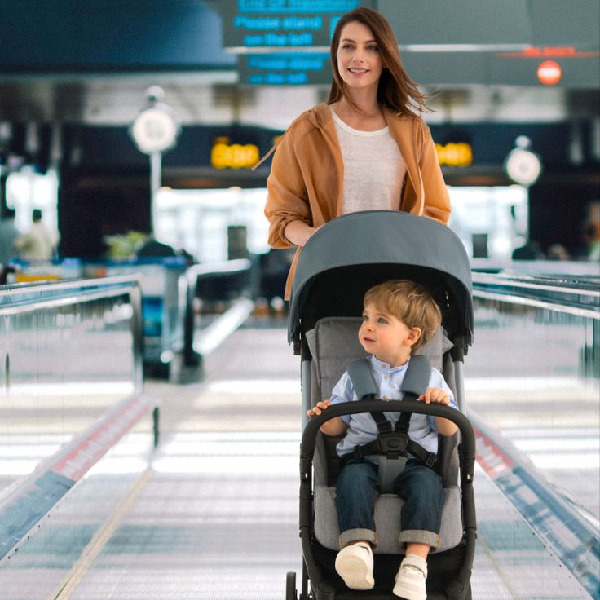
This is perhaps the most common question parents ask themselves at this stage, often accompanied by a slight sense of guilt. There can be an unspoken societal pressure that suggests a three-year-old should be walking everywhere on their own two feet. Yet in reality, the need for a stroller doesn’t disappear simply because a child reaches a certain age.
Consider the reality of a preschooler’s energy reserves. They are famously unpredictable. A child might have the stamina to run laps around the playground at full speed, but then hit an absolute wall of exhaustion twenty minutes into a necessary grocery trip or while navigating a large airport. A stroller in these situations isn’t a luxury; it’s a tool that prevents meltdowns and ensures everyone can complete the task at hand peacefully.
Furthermore, safety in crowded, fast-paced, or unfamiliar environments is a paramount concern. A bustling farmer’s market, a congested amusement park, or a parking lot can be overwhelming places where the risk of a small child darting away is high. A stroller provides a secure and contained spot, offering parents peace of mind and allowing the child to take a break from the stimulation without being confined to arms.
For many families, the stroller also serves as a portable base of operations. The under-seat basket becomes indispensable for carrying coats, purchases, and picnic supplies, freeing parents from carrying heavy bags over long distances. It can also provide a familiar, comfortable space for a child to nap when you’re away from home, ensuring they get the rest they need without derailing the day’s plans.
So, do you need one? Suppose your daily life involves long walks, errands, travel, or simply situations where your child’s safety, comfort, and energy levels are a concern. In that case, a stroller for an older child is not only justified but can be an incredibly sensible and practical solution.
What Makes a Stroller “Good” For a Big Kid?
Choosing a stroller for a bigger child requires a different lens than selecting one for an infant. The priorities shift from portability and bassinet attachments to durability, space, and support.
Weight Capacity
This is the most critical specification to examine. While standard strollers may top out around 35 or 50 pounds, a stroller designed for bigger kids will typically accommodate 65, 75, or even more pounds.
This higher limit isn’t just about the number; it indicates a stronger frame, more durable materials, and a more stable base engineered to handle the load without compromising maneuverability or safety.
Physical Space of the Seat
Choose a stroller with a high seatback to properly support your child’s torso and head, helping them sit comfortably without slouching. Ample legroom is another non-negotiable feature. The seat should be deep enough that a child can sit comfortably without their knees being pressed against the bar or their feet forced to dangle awkwardly.
Some models offer extendable footrests, which can be a blessing for taller children, providing crucial support for their legs as they grow.
Overall Structure and Wheels
A wider wheelbase enhances stability, significantly reducing the risk of tipping, which becomes a greater concern with a heavier, more active child seated higher up.
Larger, high-quality wheels—often air-filled or with advanced suspension—make a noticeable difference in the push quality. They absorb shocks from uneven pavement easily, making it less physically demanding for you to steer and navigate, even with a substantial passenger on board.
Safety Features
Finally, never compromise on safety features tailored for an older child. A five-point harness remains essential. A preschooler can be unpredictable and may try to stand or lean out, and a secure harness is your best defense against this.
Additionally, a reliable hand brake becomes increasingly valuable, especially on inclines, giving you confident control over the stroller’s momentum.
Which Types of Strollers Work Best for Big Kids?

All-terrain or Jogging Stroller
These models are typically the champions of high weight limits, often comfortably supporting children up to seventy-five pounds or more. Their defining features—large, air-filled tires and a sophisticated suspension system—are not just for off-road adventures. They make pushing a heavier child on everyday sidewalks feel incredibly smooth and effortless.
Full-size Stroller
These models often prioritize a roomy, well-appointed seat with plenty of padding and a tall backrest, which is ideal for a child who needs comfort on longer outings. They frequently include generous canopies and large storage baskets, making them workhorses for day trips, long walks, and running errands.
Lightweight or Umbrella Stroller
If storage and portability are your primary concerns, your best bet is to look carefully within the category of lightweight or umbrella strollers. It is crucial to note that many traditional umbrella strollers are not suitable for bigger children due to low weight limits and a cramped seating position.
However, a subset of modern, high-performance travel strollers breaks this mold. These are engineered with stronger frames and offer higher weight capacities while still maintaining a compact, easy-to-fold design.
Double Stroller
For families with more than one child, a double stroller configured as a tandem (front-to-back) can be a wise choice. These often allow the rear seat to hold a much higher weight than the front, providing a dedicated, comfortable spot for an older sibling.
Stroller Wagon
They offer an open, flexible space that easily accommodates larger children, along with ample room for snacks, toys, and beach gear, though their handling is often more akin to pulling a wagon than pushing a stroller.
Are Big Kid Strollers Worth the Investment?
It’s a fair question. As parents, we’re constantly weighing the cost of new gear against its practical value, especially for a stage that feels transitional. The answer, for many families, is a resounding yes, but it depends entirely on your lifestyle and needs.
The concept of value here extends far beyond the price tag. It’s about calculating the return on investment in terms of daily peace of mind, practicality, and longevity.
Picture the moments when a sturdy stroller truly shines—navigating a full day at the zoo, trekking through a family vacation, or simply making a long neighborhood walk more manageable. In those moments, the stroller becomes more than a means of transport—it’s a lifeline, sparing both child and parent from fatigue, frustration, and the inevitable meltdowns.
Furthermore, viewing this purchase as a long-term investment can shift the perspective. A high-quality stroller designed for bigger kids is built to last. It can see your child through the preschool years and beyond, making the cost-per-use significantly lower than it might initially appear. Its durability also means it can often be passed down to younger siblings or retain decent resale value.
It’s also worth considering the investment in your own physical well-being. Pushing a child who is too large for their stroller is not just awkward; it can be straining on your back, shoulders, and wrists. A stroller engineered for heavier loads features better suspension, smoother wheels, and a more stable frame, making the physical act of pushing noticeably easier.
Of course, the investment only makes sense if it aligns with how you live. For a family that primarily uses a car for short trips, the value may be less than for a family in a walkable urban area. The key is to take an honest look at your routines.
If your current life involves frequent battles with an overtired child or you find yourself avoiding longer walks because you know little legs won’t make it, then the investment is likely not just worth it—it might be a game-changer for your family’s quality of life.
How Do I Transition My Child out of a Stroller?
This transition is less about a single decisive moment and more about a gradual shift in habits, requiring patience and a little creativity from everyone involved.
A great first step is to change the stroller’s purpose in their mind. Begin by framing it as a special “rest stop” rather than the main mode of transportation. You might say, “Let’s walk together and see how far we can get! The stroller is here if your legs need a break.”
You can also make walking more engaging and rewarding. Play simple games like “I Spy,” count red cars, or race to the next mailbox. These distractions make the activity of walking itself the focus, rather than the distance covered. Involving your child in the journey by giving them a small, light backpack to carry their own water bottle or snack can also foster a wonderful sense of responsibility and make them feel like a participant, not a passenger.
It often works best to let the stroller go little by little—beginning with short, familiar outings where your child feels most at ease. Leave it behind for a quick walk to the playground down the street, but still plan to use it for the all-day museum visit. This balanced approach helps them build confidence in manageable doses without becoming overwhelmed.
Remember that consistency from all caregivers is key; if one parent always offers the stroller while another insists on walking, it can create confusion and prolong the transition.
Conclusion
Parenting rarely follows a neat timeline, and stroller use is no exception. While many children naturally grow out of the need for one by their preschool years, others still benefit from the comfort and security that a stroller provides.
Big kid strollers exist because the reality of family life can be unpredictable. Whether it is a long day of travel, a visit to a crowded attraction, or simply the reassurance of having a safe place for your child to rest, these strollers extend the practicality of a tool most parents already rely on.
Of course, a stroller is not meant to be permanent. The ultimate goal is to encourage children to walk confidently on their own. Transitioning out of stroller use happens gradually, as children develop more endurance and families adjust routines.
Recommended Related Articles:
- When Can a Baby Sit in the Stroller?
- How to Choose a Stroller?
- Pram Vs Stroller: What’s the Difference?
- When Do Kids Stop Using Strollers?
- What Kind of Stroller Can I Take on a Plane?
- Stroller Safety Standards: A Complete Guide
- Understand Different Types of Strollers
- Stroller Weight Limit Guide: What Parents Should Know
- What Is a Full-Size Stroller? A Complete Guide
- Top 15 Stroller Manufacturers for 2025

